To the north of Saint Peter’s Basilica is a complex of buildings that house all the Vatican museums. These two areas differ immensely physically and experientially.
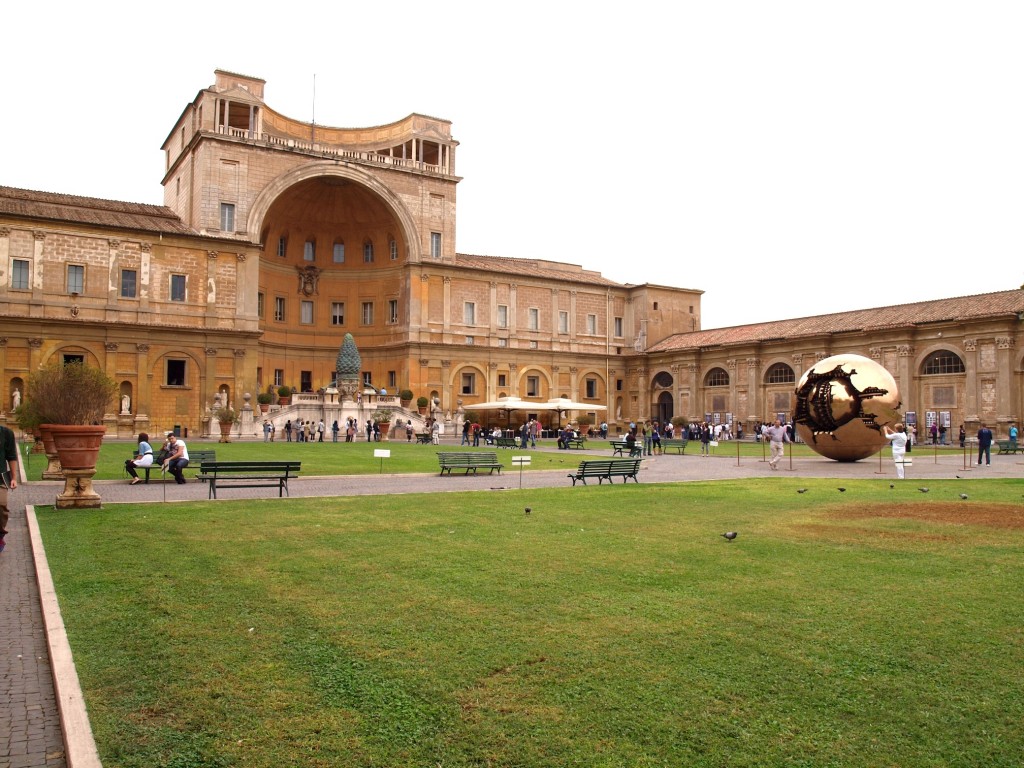
Whereas Saint Peter’s Basilica is all about its enormous scale and imposing spaces and surfaces, the museum complex operates on a much smaller scale while devoting more attention to detail. Saint Peter’s decorations consist of marble patterns, isolated monumental statues and architectural details. The Basilica is rather plain especially when compared to churches in Palermo for example, which are decorated with stucco and paintings from floor to ceiling. The museums offer extraordinary spaces in wish you almost feel as if you are in a painter’s atelier, or a sculpture’s workshop, where artwork covers most of the walls. This is especially the case in the beautiful Animal Room that houses a vast collection of sculptures in marble, stone and other materials of many species. Larger ones are positioned in the middle of the floor and must be circumnavigated while others are layered one atop another on heavy decorative shelves. The Bust Room is fascinating in the same sense. Huge busts of emperors surround you as you proceed through two rooms. Highly detailed and brightly colored paintings ornate the ceilings and most available space. One really feels like these rooms belong to the sculptures that (over)populate them.
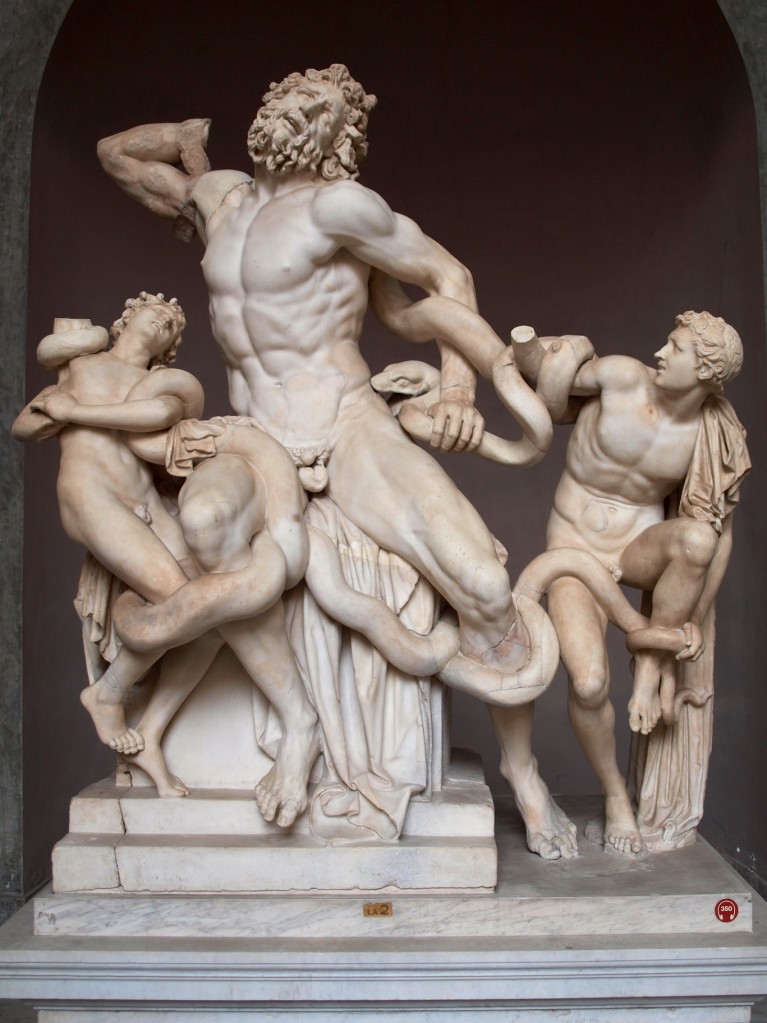
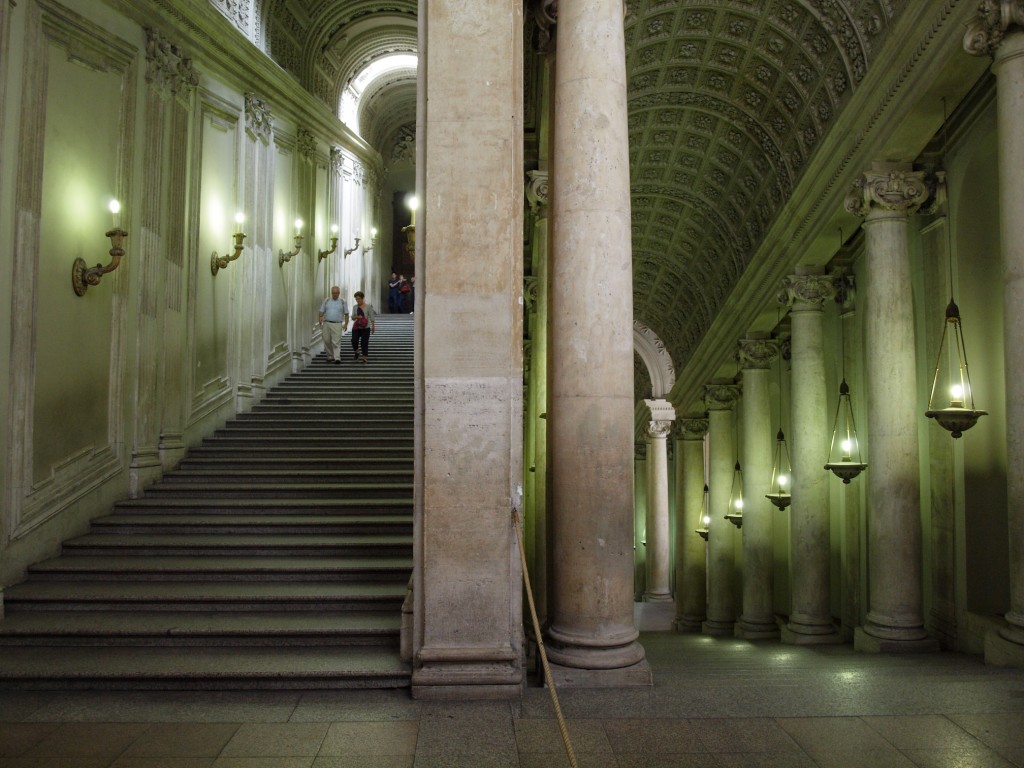
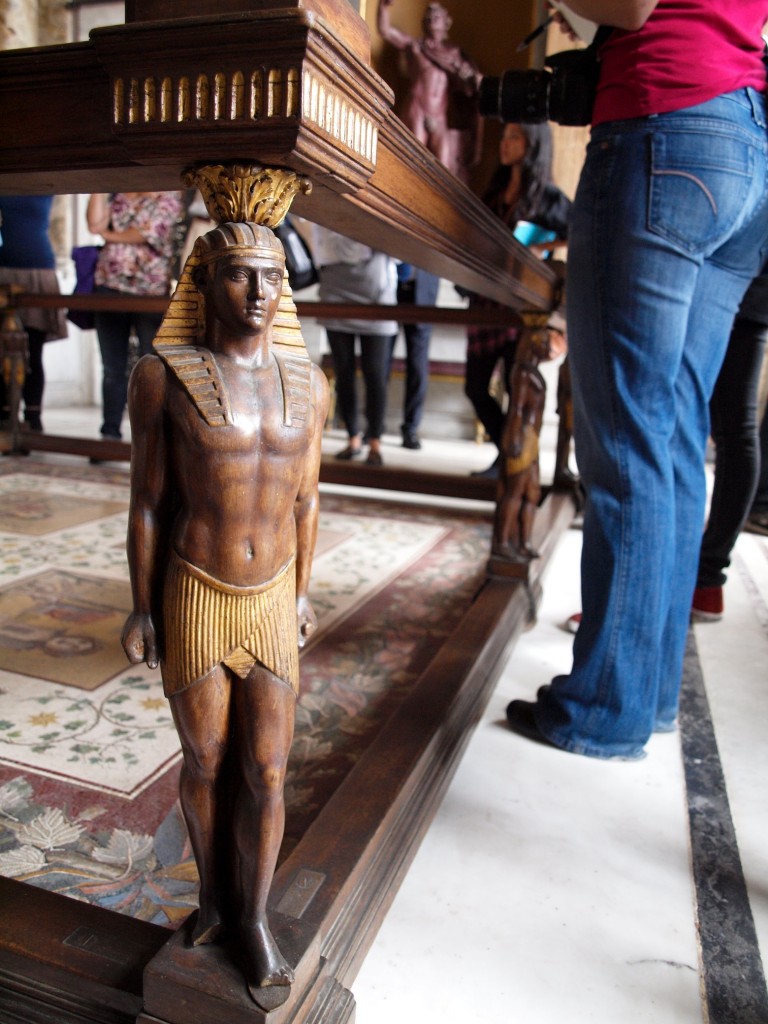
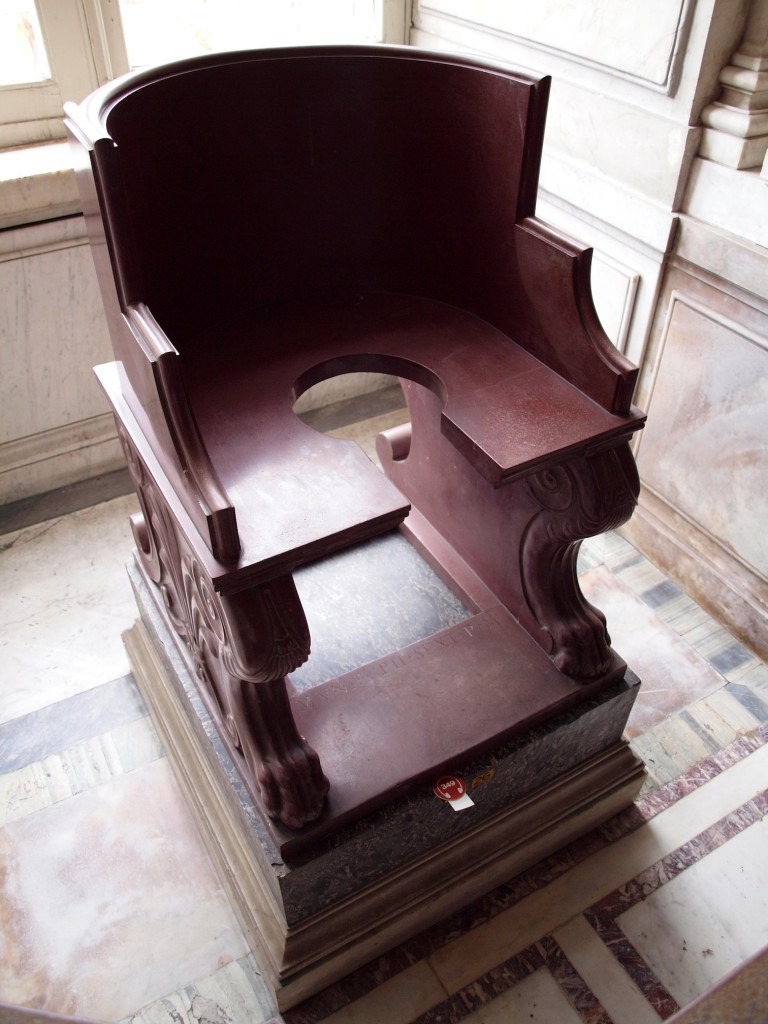
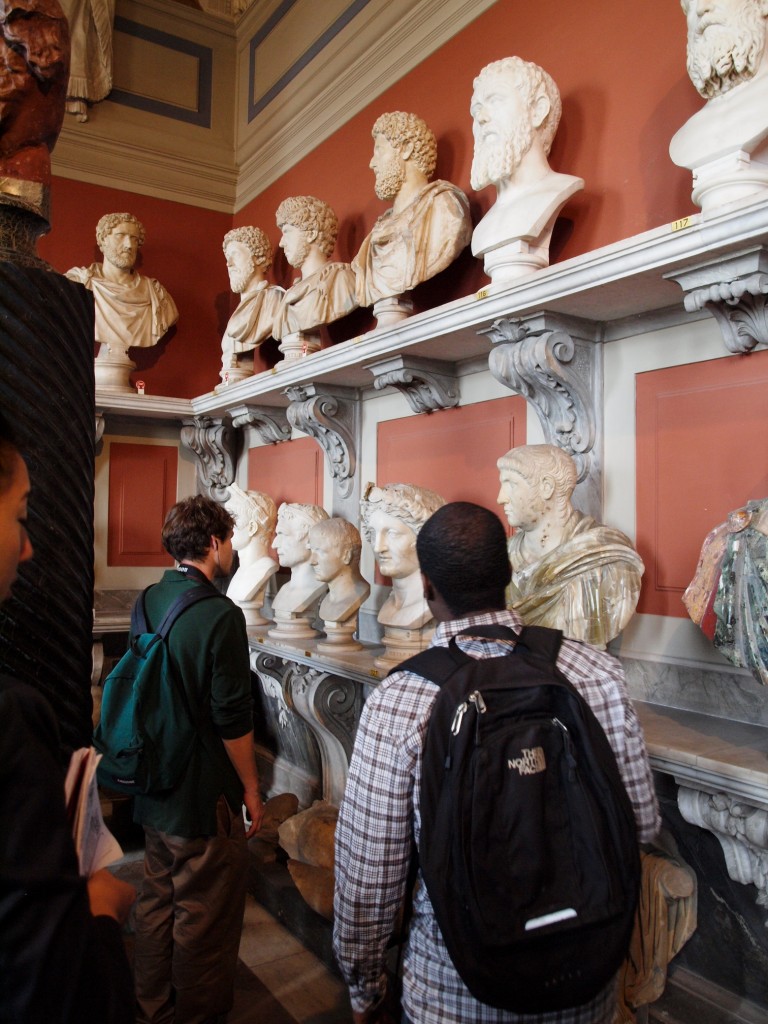
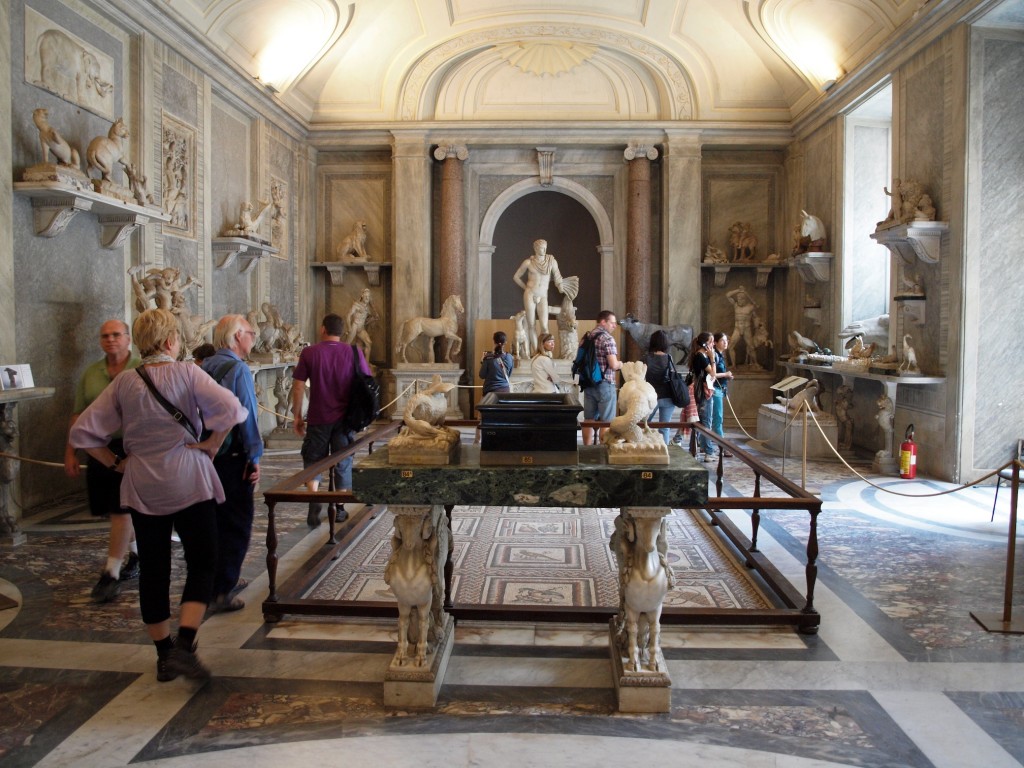
The largest spaces of the museum complex are the three outdoor courtyards. In contrast to Saint Peter’s paved piazza, the series of courtyards negotiate the terrain slope by creating terraces. In addition, the courtyard loggias’ floors slant at an angle similar to the natural sloping of the ground. The corridor of maps is perhaps the most visually extended space. This corridor features large fresco maps that flank the corridor. The ceiling is beautifully painted and brightly lit. The corridor is neither very wide nor tall and thus all emphasis is on the longest axis.
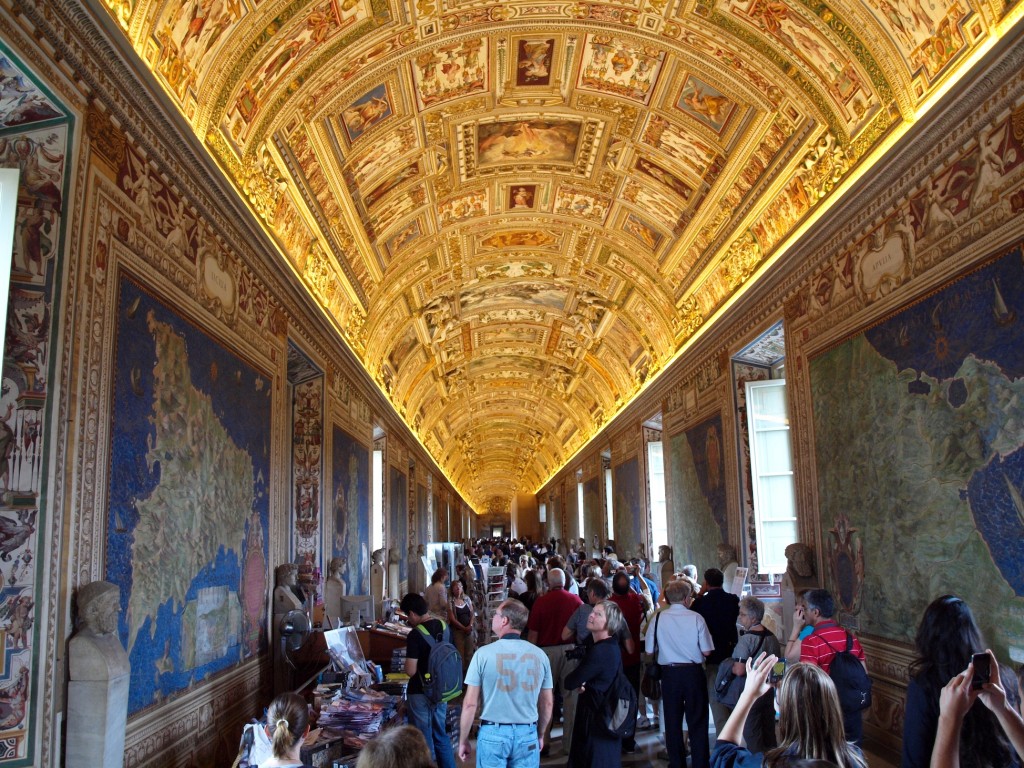
Bramante’s Spiral Staircase (which is actually a ramp) is closed to the public. However, we were able to visit it as a group. It had been initially conceived to allow people to ride their horses to upper floors. Bramante chose to express the hierarchy of column orders as one moves from lower to upper floors. The continuous spiral ramp offers no interruption and consequently order changers are expressed rather awkwardly with one column order right besides another column order. This might be one of the few instances that you might associate Bramante with awkward, as his work is always so harmonious and well composed. All these instances of order changes are placed on the entrance-side of the. So, as one enters, the transitions are unnoticed.
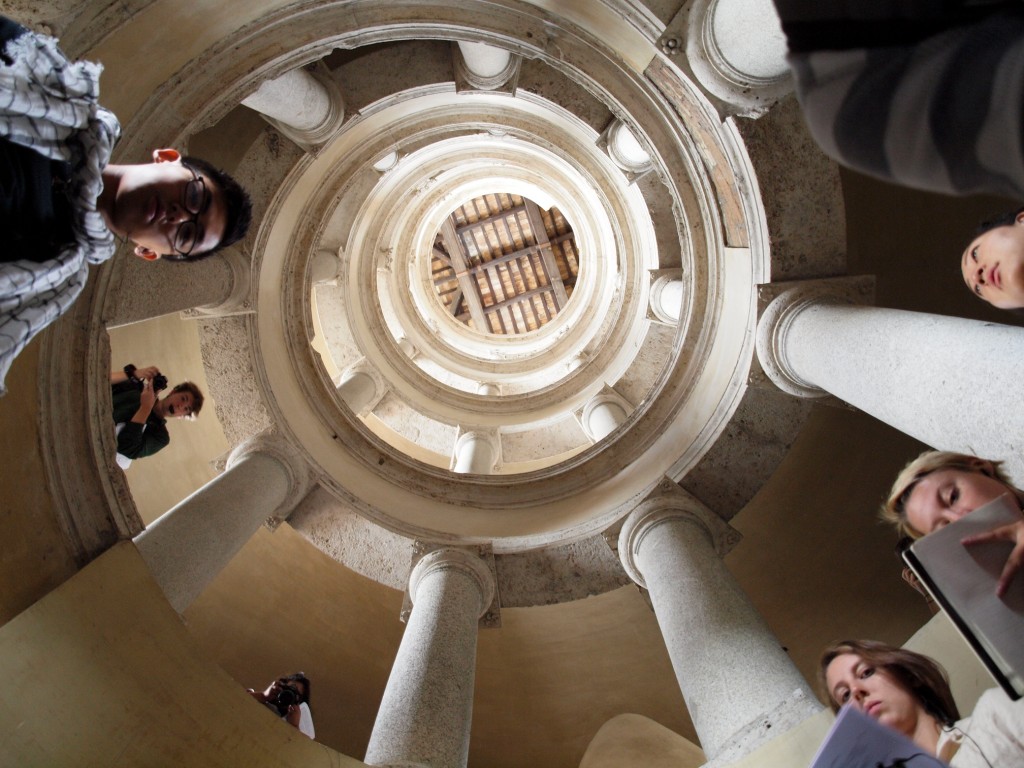
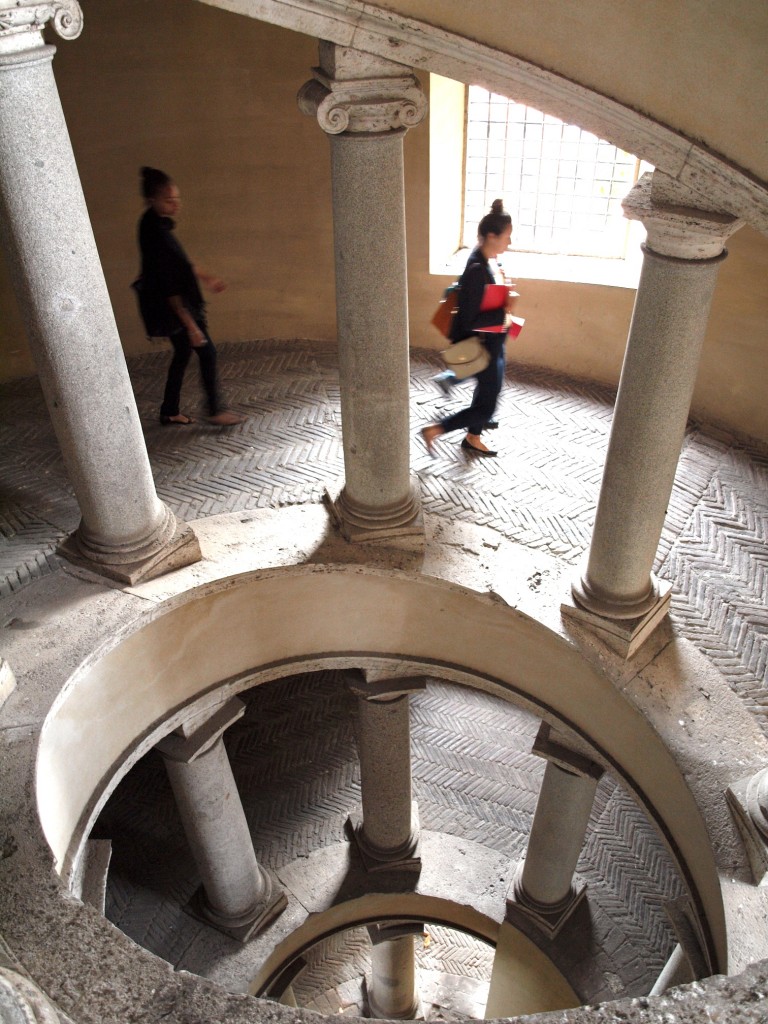
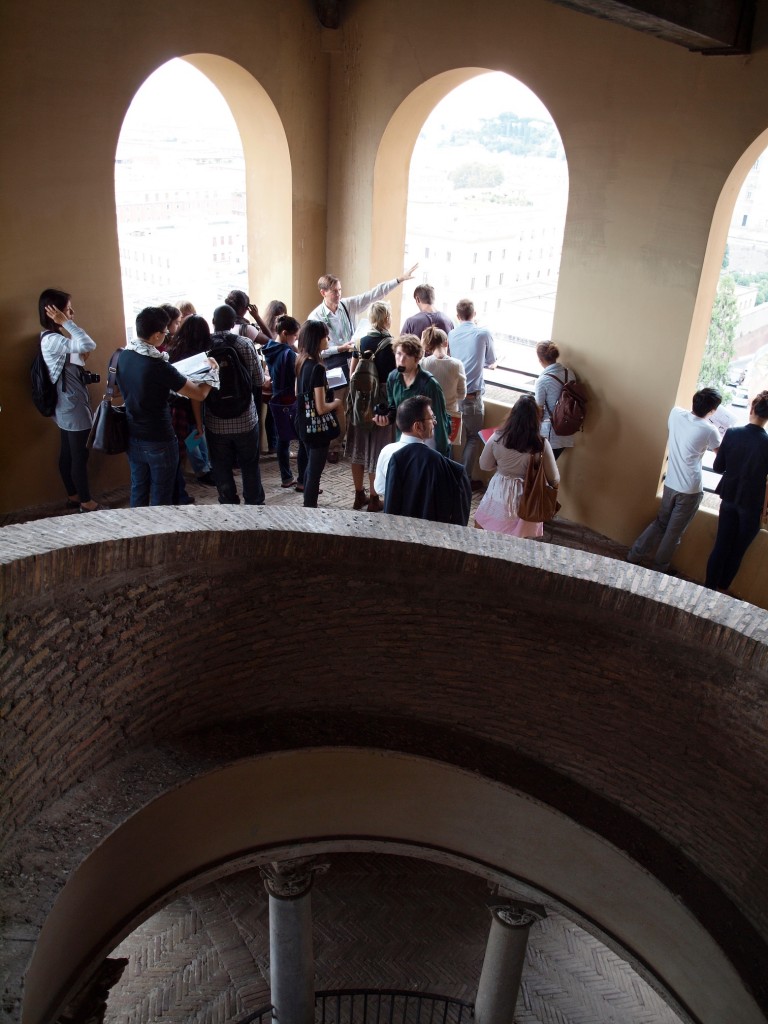
The Vatican Museums have an unbelievable amount of famous artifacts and will definitely require additional visits to be able to glance at most of them.

HI, im an architecture student and im doing currently doing a case study on the bramante staircase. I was wondering if you could send me some more pictures on these stairs. Its purely for educational and wont be published anywhere, just for my assigments. Thanks 🙂